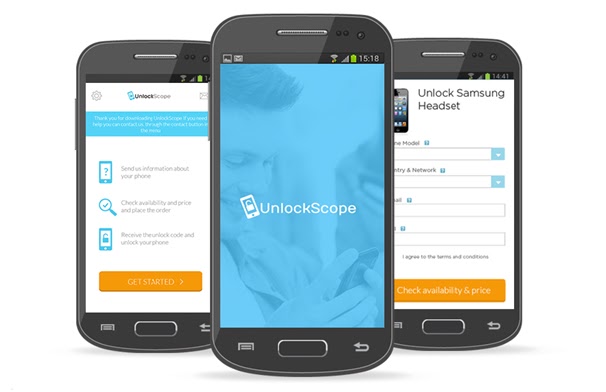Did you know that there are some awesome hidden features on your Galaxy S6 or S6 Edge, that you can activate by navigating to system/csc/Features.xml and adding the corresponding line to the end of the file for each feature? It’s recommended that you do a backup before this process, and then you can safely enable: camera during call, continuous music while using camera, scheduled messaging option in your messaging app, and much more.
Your device has a lot of potential, but you need to know how to unlock it in order to benefit from it. And I do mean “unlock it” in its literal sense. Unlocking your Galaxy S6 or S6 Edge will allow you to get your favorite cell phone plan, no matter what carrier offers it; it will help you escape outrageous roaming fees when you travel outside the country, by using local SIMs; it will make you more money when you sell your device to upgrade to a newer model.
Those are your benefits for unlocking your Samsung Galaxy S6 or S6 Edge. Now let’s see what your options are for unlocking it:
- Go to a local phone repair shop. The prices aren’t high, but the risk of damaging your phone is real because they use a piece of hardware to do so. And on top of that, you have to leave your phone with them - can you imagine staying a day without it?
- Go to your carrier. Network providers are obliged to unlock your phone, for free or a fee, but they don’t advertise this. The downside is that you’ll most likely have to wait for your contract to expire, in order to benefit from this.
- Go to an online unlocking platform or app. UnlockUnit.com and UnlockScope.com are good examples, because they have great reviews on ReviewCentre. Other people’s experience is a great indicator of the quality of the service. They help you buy the unique unlocking code attributed to your phone in the factory, from the comfort of you own home.
How to unlock your Galaxy S6 or S6 Edge safe, fast and secure
First of all, you’ll need to check and make sure that your device is locked. Then, for the unlocking process to go smoothly, you’ll need internet access, a second SIM card from a different network provider and, obviously, your locked smartphone
All good? Now head to the order page and quickly fill in the form with the country and network provider you bought it from, your 15 digit IMEI (which you can find out by calling *#06# or going to Settings > More > About device > Status), and your email address. At this point, this is all you have to do.
Then, you’ll be redirected to the payment page. You can pay for your unique unlock code through credit card, PayPal, Skrill, MoneyBookers or Bitcoin. Cool huh?
Once the payment is completed, your order has been successfully submitted and, at any moment, your code should arrive in your email inbox.
Then simply insert the SIM card from a different network provider, and your device will display the message “SIM Network Unlock PIN” or “Enter Unlock Code” and an empty box (see the image below). In that empty space you have to insert the unlocking code received.
Right after hitting the unlock button, your Samsung Galaxy S6 or S6 Edge will be permanently unlocked and, from now on, you can use it with any carrier in any country in the world.
If you prefer to do this through an app rather than on your computer, you can download the UnlockScope app from Play Store instantly. If you have any questions or would like to share your unlocking experience with us, please leave a comment in the section below.









